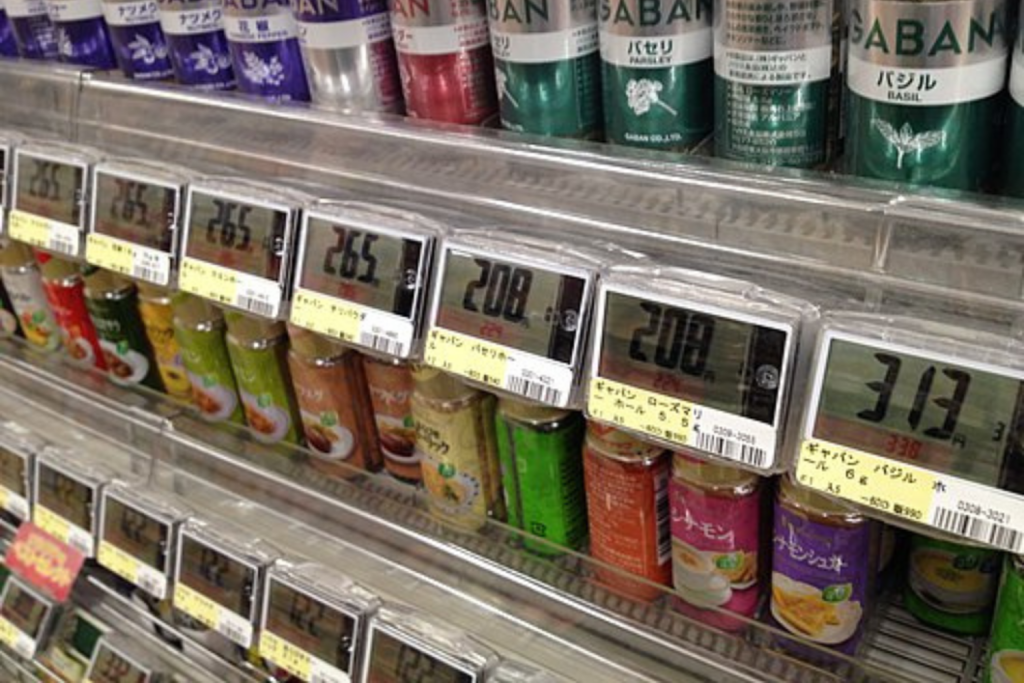Get along the Insights Hiding in Supermarket Price Tags
In the bustling aisles of your local supermarket, price tags serve a more profound purpose than merely indicating the cost of your favorite groceries. Beyond their seemingly mundane appearance, these tags hold a treasure trove of insights that retailers and shoppers alike can tap into for a smarter, more informed shopping experience. The humble price tag has evolved significantly from its early days as a simple printed sticker. Modern price tags are equipped with barcodes, RFID chips, and other technologies that store crucial data about the product and its journey through the supply chain. This data is not just about the price; it is a window into the product’s entire lifecycle. For retailers, this wealth of information helps optimize inventory management. By analyzing sales trends and purchase patterns from price tag data, stores can predict demand more accurately, reducing overstocking or understocking issues. This translates to less waste, lower costs, and ultimately, more competitive prices for consumers. But the insights go deeper than that. Price tags can also reveal the environmental footprint of products. Embedded information can indicate whether an item was sustainably sourced, its carbon footprint, or its recyclability.

Shoppers increasingly prioritize eco-friendly products, and having this data readily available can empower them to make more sustainable choices. Moreover, price tags can contribute to enhanced transparency and trust in the retail industry supermarket price tag. With smartphones and apps, consumers can scan barcodes to access detailed information about a product’s ingredients, nutritional value, and even the conditions in which it was manufactured. This transparency fosters trust between retailers and consumers, assuring shoppers that they are making informed choices. They can include icons or labels that signify products made by women-owned businesses, minority-owned enterprises, or companies with ethical labor practices. This allows consumers to support businesses that align with their values, fostering economic equity. The insights hidden in price tags also extend to personal finance. Budget-conscious shoppers can use the data to make informed decisions about their purchases, helping them stick to their financial goals. By comparing prices, discounts, and promotions, consumers can save money without sacrificing quality. In the age of online shopping, price tags still hold relevance. E-commerce platforms use algorithms that analyze price tag data to recommend products tailored to individual preferences.
This personalization enhances the online shopping experience and increases the likelihood of finding the perfect product on electronic price tags. Moreover, in a post-pandemic world, price tags have become instrumental in ensuring public health. Some stores have integrated QR codes into their tags, allowing customers to access important health and safety information. This includes details about sanitation practices, occupancy limits, and mask requirements, helping shoppers make informed choices about where and when to shop. In conclusion, the unassuming price tag has evolved into a powerful tool that benefits both retailers and consumers. Beyond displaying the cost of a product, it offers a gateway to a world of insights. From inventory optimization to sustainability, transparency to personal finance, these tags have a profound impact on the way we shop. As technology continues to advance, price tags will likely become even more integral to the retail experience, ensuring that we make smarter, more informed choices in the supermarket aisles and beyond.